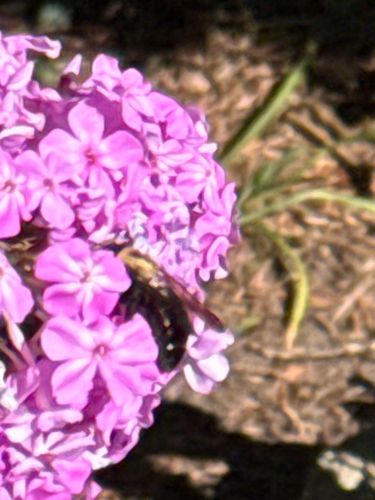Carpenter Bee
Scientific Name: Xylocopa spp.
Order & Family: Order: Hymenoptera, Family: Apidae
Size: Typically 0.5 to 1 inch (1.25 to 2.5 cm) in length, varying by species.

Natural Habitat
Carpenter bees are found in a variety of habitats, including forests, woodlands, gardens, and suburban areas, wherever there are suitable softwoods (like pine, cedar, redwood, or fir) for nesting. They frequently visit flowering plants.
Diet & Feeding
Adult carpenter bees primarily feed on nectar and pollen from flowers. Larvae are fed a mixture of pollen and nectar provisioned by the female.
Behavior Patterns
Often solitary, though some species are communal or social. They are active during the day, foraging for nectar and pollen. Females lay eggs in nests, which can be in wood, stems, or the ground, depending on the species.
Risks & Benefits
Benefits: Carpenter bees are important pollinators, contributing to the reproduction of many flowering plants, including agricultural crops. Risks: They can cause structural damage to wooden structures (e.g., houses, decks, fences) as they tunnel to create nests. While they rarely sting, female carpenter bees can sting if provoked, but males lack a stinger.
Identified on: 9/1/2025